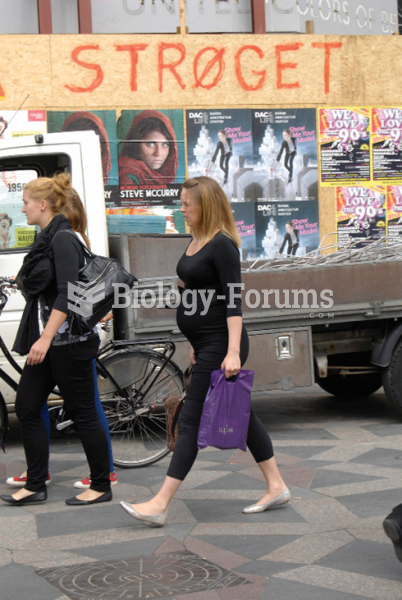Answer to Question 1
Answer: 2, 3, 4, 5
Explanation: 2. Population health nurses should help monitor transgender individuals for effects related to hormone therapy such as increased risk of heart disease, stroke, and breast cancer. Actions to prevent the development of a stroke, the risk of heart disease from hormone therapy, performing breast self-examination, and complying with recommendations for mammography are actions to support health restoration of this client. There is no need for routine PSA levels to be drawn for this client.
3. Population health nurses should help monitor transgender individuals for effects related to hormone therapy such as increased risk of heart disease, stroke, and breast cancer. Actions to prevent the development of a stroke, the risk of heart disease from hormone therapy, performing breast self-examination, and complying with recommendations for mammography are actions to support health restoration of this client. There is no need for routine PSA levels to be drawn for this client.
4. Population health nurses should help monitor transgender individuals for effects related to hormone therapy such as increased risk of heart disease, stroke, and breast cancer. Actions to prevent the development of a stroke, the risk of heart disease from hormone therapy, performing breast self-examination, and complying with recommendations for mammography are actions to support health restoration of this client. There is no need for routine PSA levels to be drawn for this client.
5. Population health nurses should help monitor transgender individuals for effects related to hormone therapy such as increased risk of heart disease, stroke, and breast cancer. Actions to prevent the development of a stroke, the risk of heart disease from hormone therapy, performing breast self-examination, and complying with recommendations for mammography are actions to support health restoration of this client. There is no need for routine PSA levels to be drawn for this client.
Answer to Question 2
Answer: 1, 2, 3, 4
Explanation: 1. Feminizing genitoplasty for MTF transgenders usually includes orchiectomy, penectomy, vaginoplasty, and volvoplasty. Surgery for FTM transgender individuals often includes chest reconstruction or reduction mammoplasty.
2. Feminizing genitoplasty for MTF transgenders usually includes orchiectomy, penectomy, vaginoplasty, and volvoplasty. Surgery for FTM transgender individuals often includes chest reconstruction or reduction mammoplasty.
3. Feminizing genitoplasty for MTF transgenders usually includes orchiectomy, penectomy, vaginoplasty, and volvoplasty. Surgery for FTM transgender individuals often includes chest reconstruction or reduction mammoplasty.
4. Feminizing genitoplasty for MTF transgenders usually includes orchiectomy, penectomy, vaginoplasty, and volvoplasty. Surgery for FTM transgender individuals often includes chest reconstruction or reduction mammoplasty.
 The sexual cycle of flowering plants involves alternation of sporophyte and gametophyte generations.
The sexual cycle of flowering plants involves alternation of sporophyte and gametophyte generations.
 How many potential risks to the health of the embryo and fetus might a mother encounter in an urban ...
How many potential risks to the health of the embryo and fetus might a mother encounter in an urban ...





